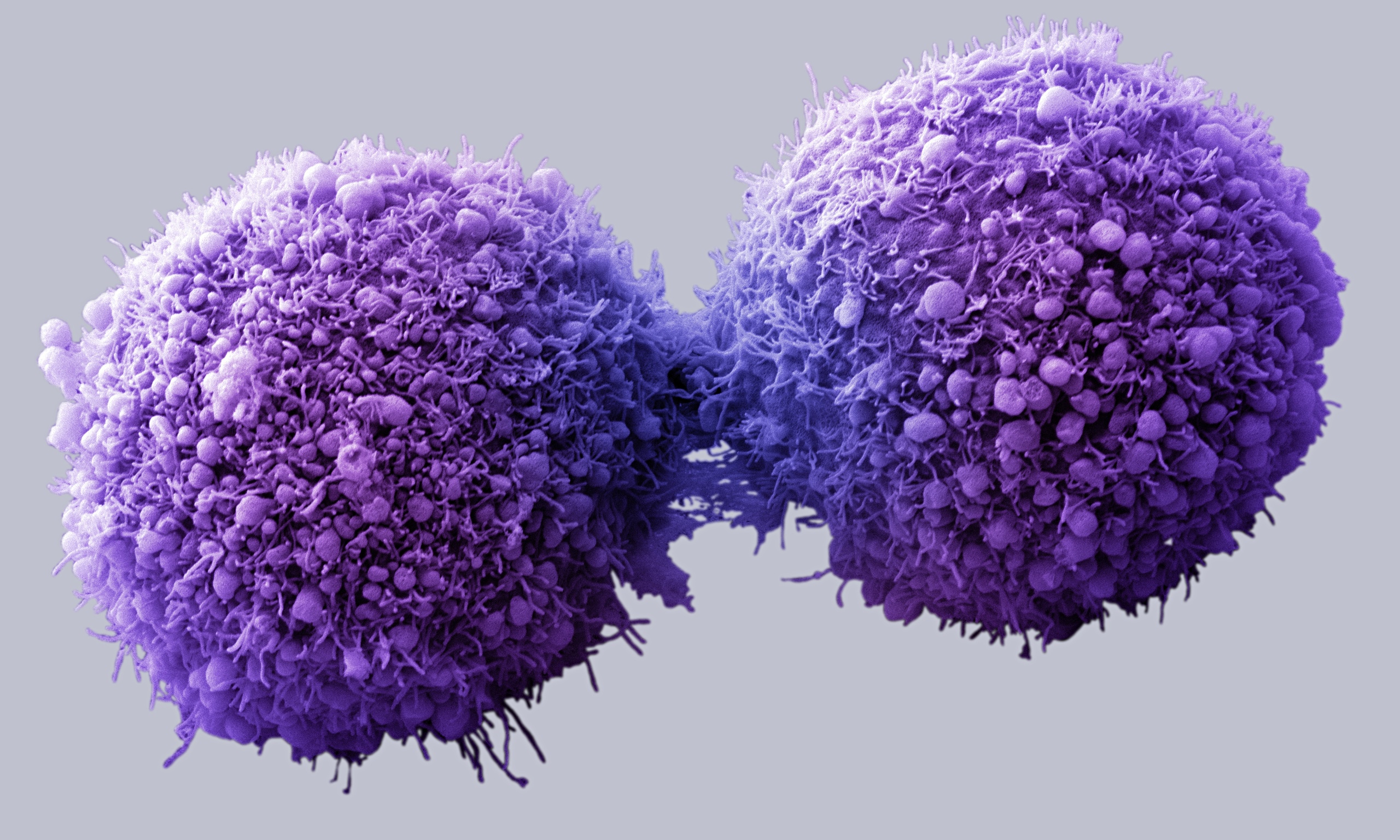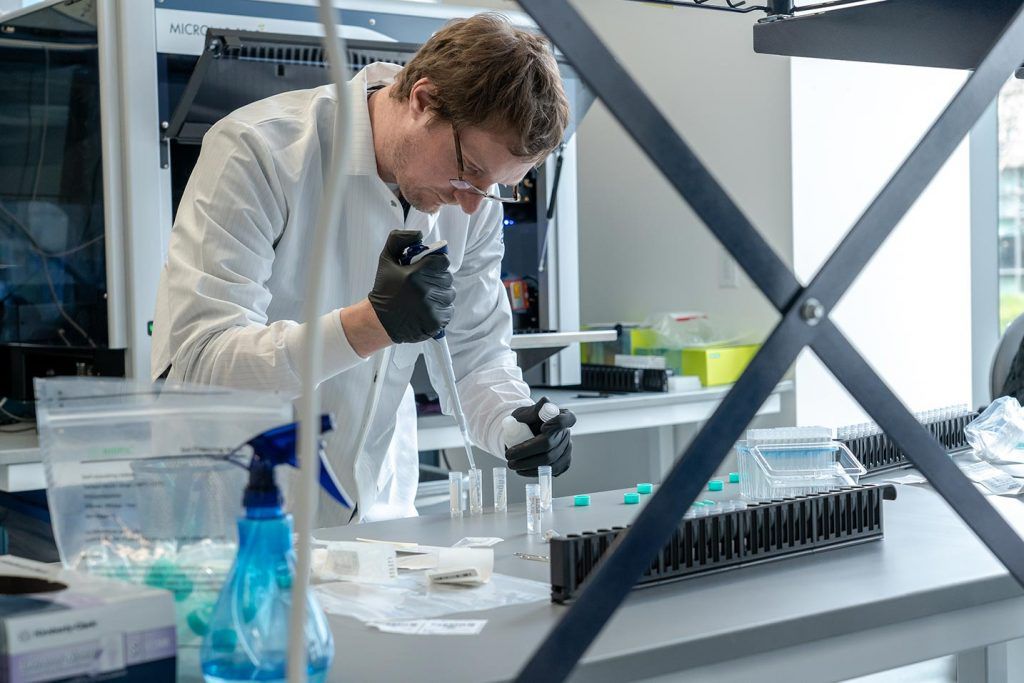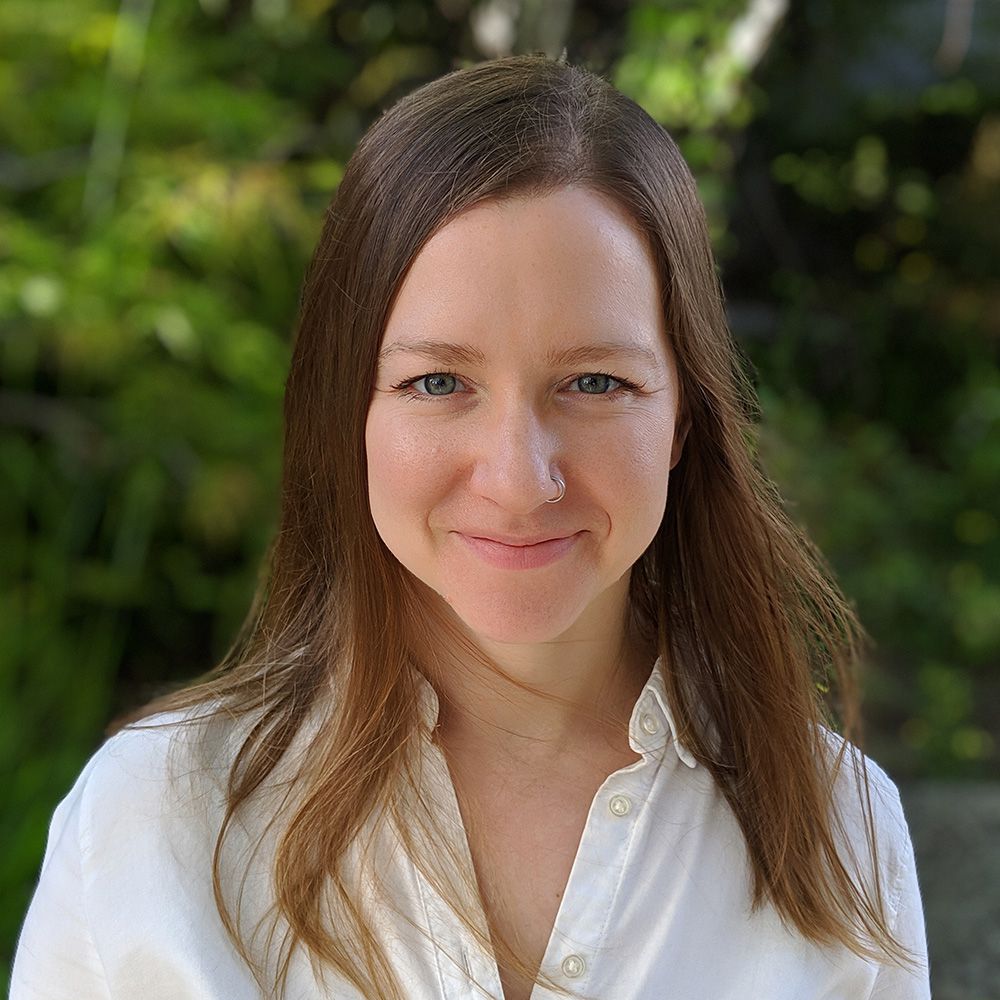
High-Throughput CRISPR Screens Accelerate Genomic Therapies
The BRCA genes are known as “breast cancer genes” because some variants of the BRCA1 and BRCA2 are known to increase the risk of breast and ovarian cancers. But the vast majority of BRCA2 gene variants haven’t been studied, and we don’t know if, or how much, cancer risk they present.

A recent Nature Biomedical Engineering paper by Dirk Hockemeyer, an Investigator in IGI’s Li Ka Shing Center for Translational Genomics (CTG), tackles this problem using high-throughput screening. First author Hanqin Li and other Hockemeyer lab researchers developed a novel screening method to look at thousands of potential mutations in the BRCA2 gene. Their data indicate which parts of the protein are most crucial and which mutations may be sensitive to PARPi cancer drugs.
This powerful data is an example of the power of high through-put screening: a core technology of the CTG, where the primary goal is to accelerate the development of genomic therapies. A similar high-throughput protocol could be done in almost any part of the genome, in almost any kind of human cell type.
“Usually people test one gene or one mutation at a time. They overgeneralize because instead of looking at every mutation in a gene, they only look at the most frequent mutation,” says Hockemeyer.
We want to do genetics on a level that normally cannot be done.
The work with BRCA2, while significant in its own right, serves as a proof of concept for future work in the CTG, proving that this type of screening can be adaptable to different genes related to both rare and more common genetic diseases, and that it can scale in a way that previous methods could not.
“We want to do genetics at a level that normally cannot be done. We want to scale genetic approaches where we can multiplex mutations and multiplex edits in a diverse set of genes,” says Hockemeyer. “And we want to solve it so nobody needs to do it by hand. They can come to us and we will do it. We are still setting it up, but I’m confident we will get there.”

Right now, the Hockemeyer team is working on setting up a new liquid-handling robot that was recently installed in the CTG in the Innovative Genomics Institute building in Berkeley so similar work can be accomplished even more quickly in future through automation.
“Our hope is to serve the broader community to get them edited cells so they can study their biology,” says Li. “The goal is that we enable genome editing on human pluripotent stem cells that we think will be 20x more efficient than any lab can do with the same resources right now.”
You may also be interested in

IGI Seminar Series: Progress and Challenges in Delivering Cassava with RNAi-mediated Resistance to Cassava Brown Streak Disease to Smallholder Farmers in Africa – It’s Not Just About the Technology

IGI Seminar Series: Empowering Teachers, Transforming Classrooms: Advancing K-12 STEM Education

IGI Seminar Series: Writing DNA with RNA: Genome Engineering by Target-Primed Reverse Transcription

 By
Hope Henderson
By
Hope Henderson